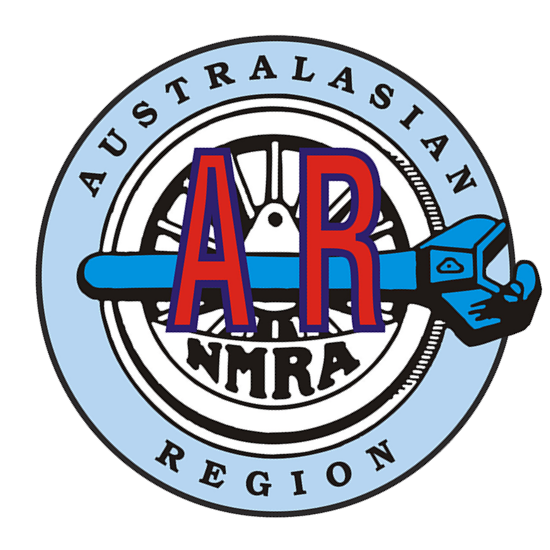| THE PROTOTYPE In the 1950s, the Santa Fe Railway’s Los Angeles Division included main lines from the east between Barstow, California and Los Angeles and south from Los Angeles to San Diego. In 1905 the Los Angeles and Salt Lake RR signed a trackage rights agreement with the Santa Fe in order to gain access to the Los Angeles region via Santa Fe’s existing lines over Cajon Pass. This arrangement continued after the Union Pacific gained full control of the LA&SL in 1921. The agreement allows the UP to use 94 route miles of Santa Fe tracks between Daggett, California (10 miles east of Barstow) and Riverside (60 miles east of LA) via Barstow, Cajon Pass and San Bernardino. After leaving the Santa Fe tracks at Riverside, the UP continues into Los Angeles on its own dedicated right of way. In the 1950s, revenue steam service was phased out on all three class 1 railroads in Southern California. The UP in 1951, Santa Fe in 1954 and Southern Pacific in 1955. THE LAYOUT SCALE is HO and the design focus was to achieve a generic representation of the LA Division, rather than to model actual towns and track arrangements. Town names on the layout are fictitious, but combine features from various localities in Southern California. Union Pacific equipment is also included as per the above trackage rights and Southern Pacific with interchange. Since the era is transitional 1950s, steam locomotives operate alongside first generation diesel motive power. LAYOUT ROOM is L-shaped, 28′ x 18′ overall and was created by partitioning off the rear half of a two car garage under our house. In 2017 the layout room was enhanced by installing a suspended ceiling which has significantly reduced dust problems on the layout. At the same time, the lighting was upgraded in the form of commercial troffer light fittings. Well worth the time, effort and cost. TRACKAGE. is code 100 flexi-track from several manufacturers and turnouts are a mixture of Shinohara, Nickel Plate Products and Peco. Most of the track has been recycled from previous layouts. In fact, some of the Shinohara is over 50 years old. As the scenery is installed, the track is sprayed with rail brown and ballasted, improving the appearance of the code 100. CONTROL is conventional DC cab control, but all blocks are double-gapped to allow for future conversion to DCC. LAYOUT DESIGN was developed over several years beginning in 2008 using XtrackCad and I was fortunate enough to have the plans critiqued and improved by some of the most knowledgeable Santa Fe fans in the hobby including Jim Lancaster, Bill Messecar and the late Andy Sperandeo. CONSTRUCTION will be spread over 3 stages in an attempt to maintain my enthusiasm and avoid the notorious layout burn-out that I suffered on my previous layout, the “Pacific Seaboard Railway”. The new layout construction began in 2018 with the benchwork and painted backdrop. At the time of this writing (June 2021), stage one trackwork is completed and now allows a continuous run via a dogbone style plus some switching of various industries typical of the locale and era modelled. About 75% of the stage one scenery and 30% ballasting has been completed. Lyndon Spence – June-2021 |
National Model Railroad Association Inc.
Australasian Region
